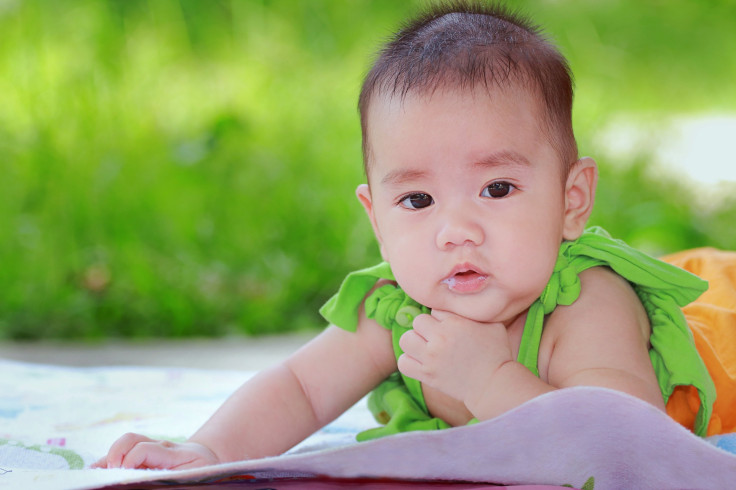Parenting Tips: Sound Training For Infants May Help Them Reach Their Maximum Language Potential

Everyone thinks their baby is the smartest baby around and, I think it’s safe to say, most parents would do just about anything to help make this statement a reality. If you’re one of these parents (or plan on becoming one soon), I’ve some exciting news for you. Researchers from Rutgers are currently developing a way to help children maximize their language potential even before they’ve so much as uttered their first word.
Although babies may generally utter their first word at around 11 to 14 months of age, babies don’t spend all those months of silence doing nothing. Instead, they are taking in the world around them and learning to decipher speech from non-speech sounds. Dr. April Benasich, a researcher at Rutgers University, has proposed a way to train babies to more effectively recognize these language sounds and effectively accelerate the development of the brain maps.
Her team predicts that this will help to maximize the infants’ linguistic potential. “This process helps the baby to focus tightly on sounds in the environment that 'may' have critical information about the language they are learning,” Benasich explained in a press release.
To test this theory, Benasich and her team accelerated and optimized the babies’ ability to recognize sound by rewarding the infants with a brief colorful video when they responded to changes in the rapidly varying sound patterns. These sound changes could take just tens of milliseconds and increased in complexity as the training went on.
Although it’s too soon to say whether this extra training has influenced the infants' linguistic skills, Benasich explained that previous research has shown that “these tens-of-milliseconds differences in infancy is highly predictive of the child's language skills at 3, 4, and 5 years." Still, brain scans did show that by 7 months babies who were exposed to this training were better at detecting language-specific sounds than infants who were not exposed to the training. The team has even gone as far to say that their research may one day aid in the improvement and even prevention of language difficulties.
Benasich’s baby training is built on the idea of stimulating infant’s acoustic maps. Acoustic maps are described in the press release as pools of interconnected brain cells that a baby’s brain builds to help it better decode language. The better formed these maps are, the more quickly and accurate a child can process language.
Benasich gave this imagine to help us better explain the acoustic map’s role: “Compare the baby's reactions to language cues to an adult driving a car. You don't think about specifics like stepping on the gas or using the turn signal. You just perform them. We want the babies' recognition of any language-specific sounds they hear to be just that automatic."
While this research is exciting, Benasich and her team want to make one thing clear: Acoustic training will not transform your child into a baby genius. Instead, it will only work to ensure that they reach the higher end of their already natural abilities.
“There's a genetic range to how tall you become — perhaps you have the capacity to be 5-foot-6 to 5-foot-9," Benasich said. "If you get the right amounts and types of food, the right environment, the right exercise, you might get to 5-foot-9, but you wouldn't be 6 feet. The same principle applies here."
The team is hoping that one day their theory will be available to parents everywhere, and are currenly working on developing an interactive play tool to mirror the tests administered in the laboratory.
Source: Benasich A et al. Journal of Neuroscience. 2014.



























